
Inside this building an inspired master presides over a fine kitchen.
Food and cooking (and culinary subjects in general) constitute a large part of my reading diet. Magazines, food sections, web sites, books … all are fair game. In a recent issue of The New York Times I came across this piece, about something that was part of a meal that holds a place among my all-time favorite meals: percebes.
Asador Etxebarri was the place, and we were on our way to San Sebastián, having left Barcelona that morning. Colby and Kim were in one car, and Angela and I in another. We were equipped with a GPS unit, so were not worried about making it to our lunch on time. That turned out to be misplaced confidence, because the name of the village in which Asador Etxebarri is similar to another village in the region, and the latter is the one our BMW’s GPS unit selected. We should have insisted on a Mercedes. (Editor’s note: A reliable source insisted that I include the following statement: “And I should have just paid attention to my driving and followed Kim, who was piloting the car ahead. In addition, I should have not argued with Angela when she expressed little faith in my sense of direction.”)
We arrived at the village early and waited on Colby and Kim – our favorite traveling companions – who were on their way to the “right” village. We ordered some wine and sat in the sun in an old square, watching schoolchildren play and dogs chase one another. Colby and Kim never arrived. We called them. They were at the restaurant. We were not. And we were going to be late.
What to do? Well, what we did was walk at a brisk pace to the car while Colby asked if it was possible for our lunch to be delayed, to allow us time to arrive. The manager assented. Kindly. I then attempted to program the village’s name into the GPS system, but it was not cooperating. We called Colby, told him of our dilemma, and he was informed that a young American was staging in Extebarri’s kitchen. The young cook came to the phone and gave directions to Angela, who then relayed them to me.
Traffic was heavy, lots of trucks – we were driving through a semi-industrial area. Hungry, expectant, we drove for about 40 minutes, ending up in a small and beautiful village. The village we thought we were in hours ago. We parked, walked a short distance to the restaurant, and, it turned out, nirvana.

Colby Walton, who was very happy to see us.
Colby and Kim were happy to see us, Colby nursing a … was it a Campari? The dining room, upstairs, was sunny, spare, welcoming. The staff welcomed us, laughing a little.
We joined the punctual ones at our table and I was given the wine list; the waiter was aware of our mishap and intuited that I would want wine. A Txakoli is what I ordered. A bottle, which the four of us drank while we looked at the menu.

A menu for the ages.
For those who know nothing of Asador Etxebarri, I have two words for you: Wood and Smoke. Victor Arguinzoniz is the man behind that pairing, and he uses them both to create beauty. Take a look at the menu shown above and you will see that he grills everything, a method of cooking that imparts flavors of the different varieties of wood his staff collects from the area, including oak and vine cuttings. (He even created a special “cooker” in which he smokes caviar.)

Victor Arguinzoniz was a gracious host, and I loved his kitchen. (The pulleys behind us are part of his grilling regimen.)
Our meal began, and it was a highlight of our eating tour that trip, which included El Celler de Can Roca, Mugaritz, Akelare, and Arzak, among others. The percebes followed a smoked goat butter, a smoky and creamy opening course that I can taste even today, a few years later. Grilled peas, anchovies, egg followed. And one of the best pieces of beef that man ever cooked. (I asked for the bone, and we took it to the apartment we were renting in San Sebastián; I later trimmed it of all remaining meat and fat and used it in a ragù.) (The photos that follow take you on a brief tour of our tasting menu. Enjoy.)
Colby, Kim, Angela and I spent three or four hours in Asador Etxebarri, and could have spent far more. After our lunch we took a short walk around the restaurant’s environs, admiring the green landscape, the quiet, and gained some insight about how geography and surroundings affect the way one cooks. But we had an appointment in San Sebastián, so once again hit the road and headed to the coast. Much awaited us.

A restaurant with a view.

Percebes, before the tasting.

The meat. The wonder.

A chef smiles.

Cheese flan

Palomos prawns


Grilled peas

The place in which it happens.


Egg and mushroom

Baby octopus

If you like beef, this it is.

An environment in which to create beauty on the plate.

Smoked goat butter

Sea cucumber

Here’s the wood that produces the smoke.
Like this:
Like Loading...
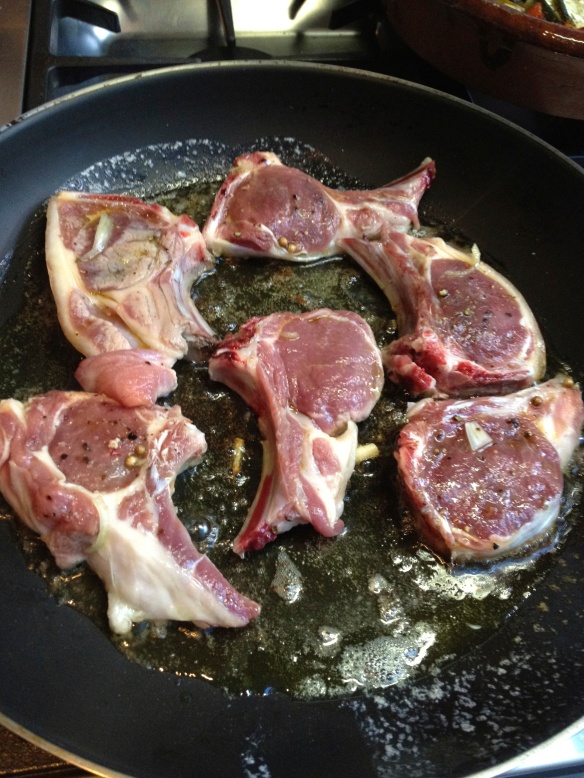
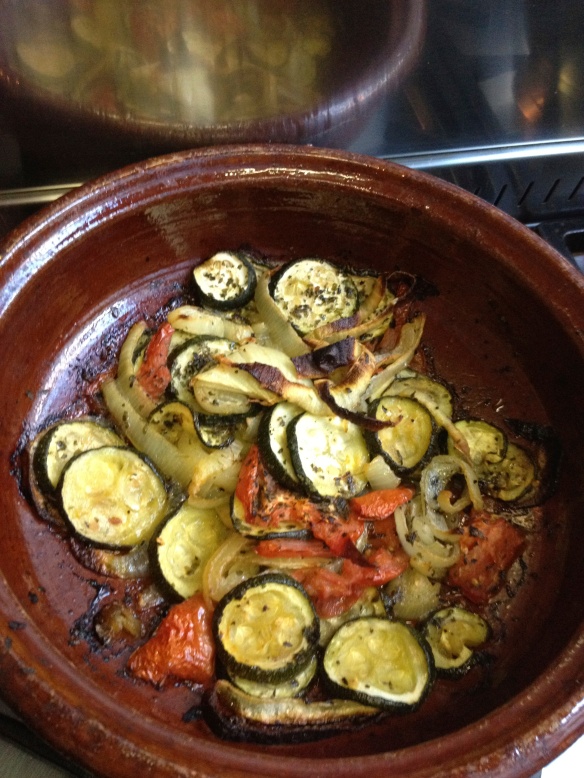
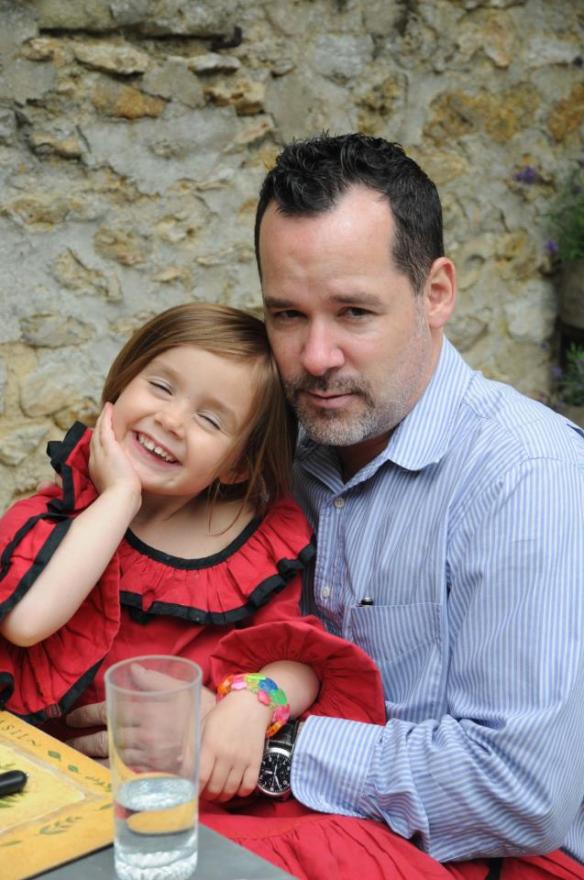
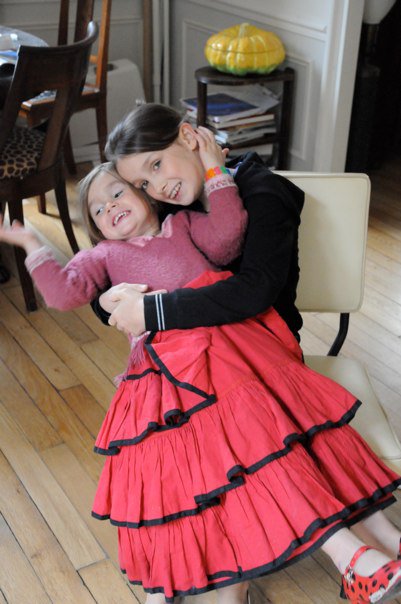
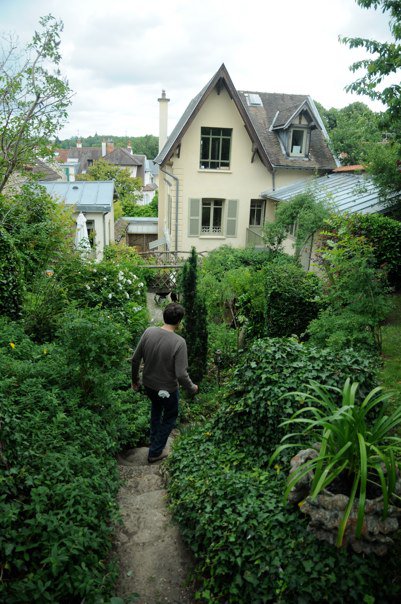
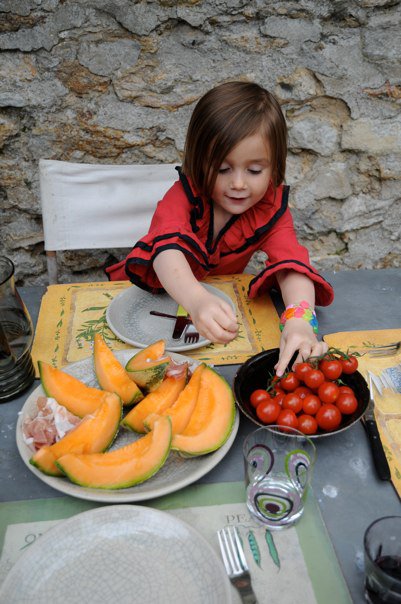

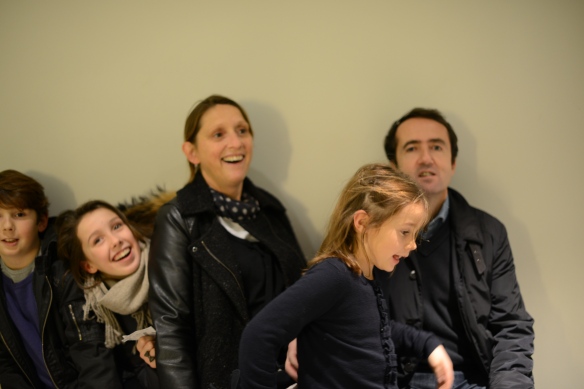
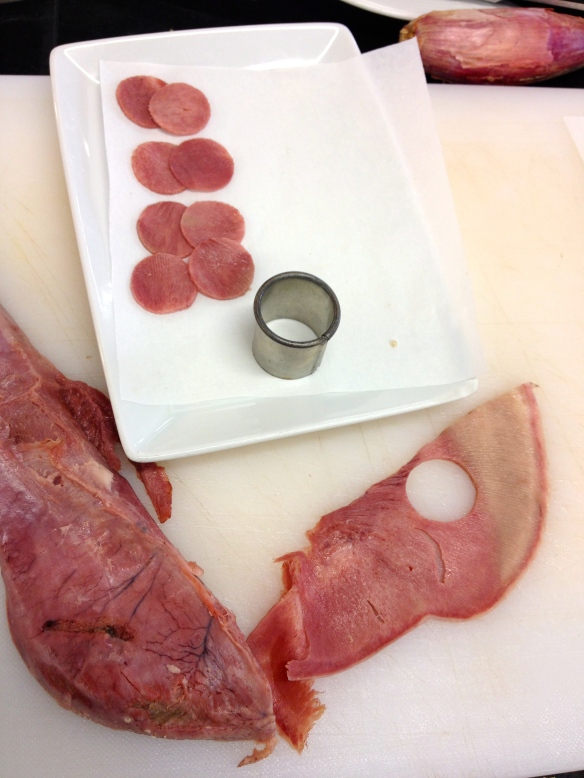
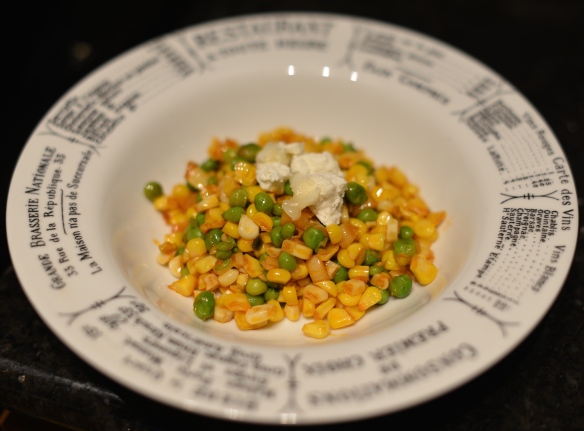
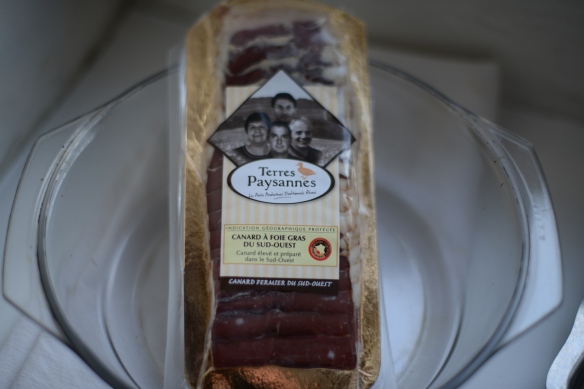
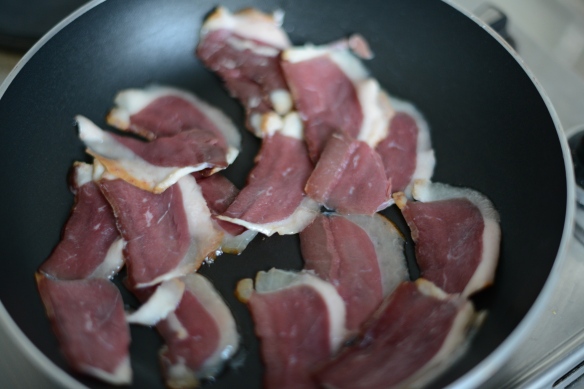










































Recent Comments